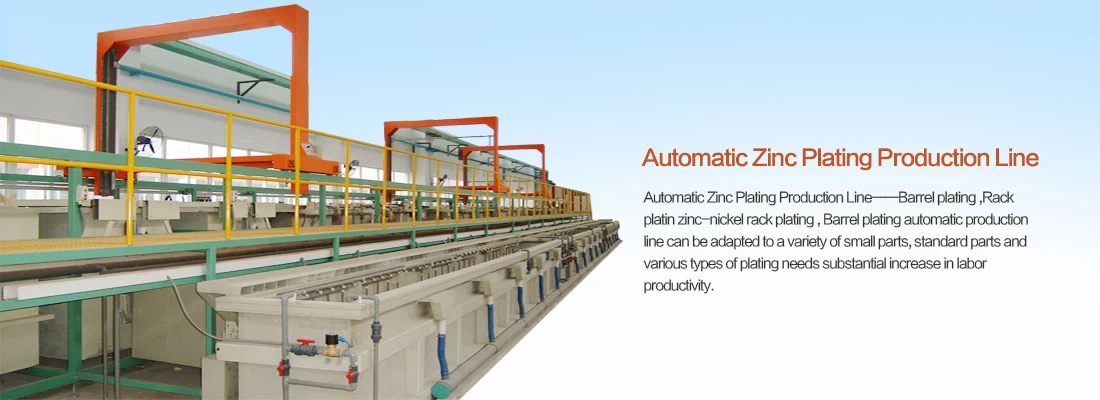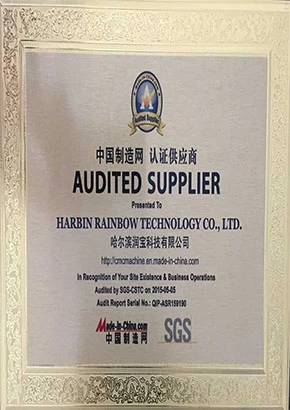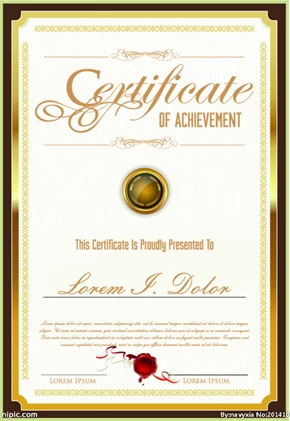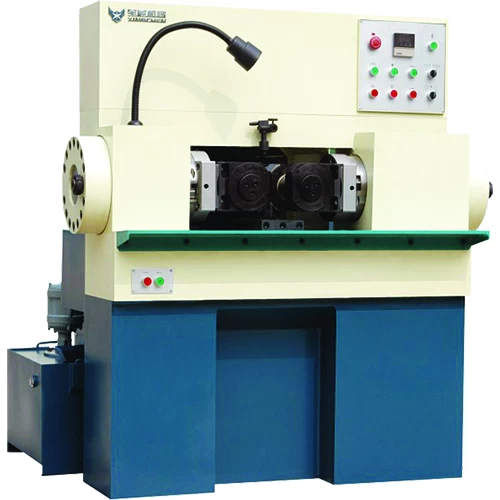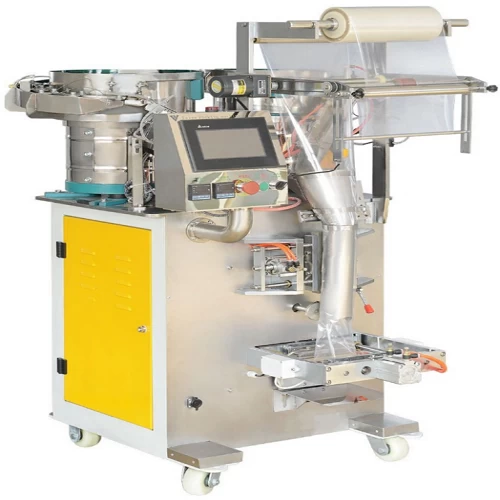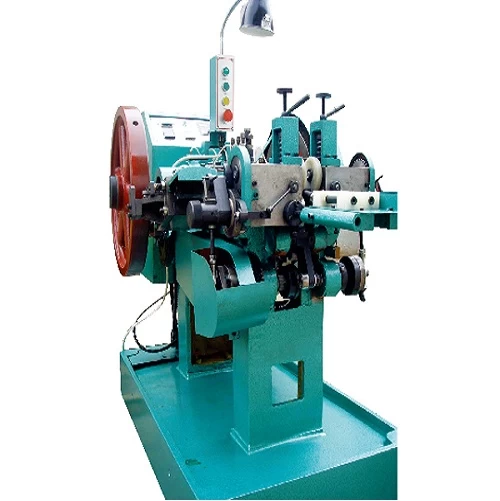The comparison between phosphating process and oxidation process
Vangel
2023-08-22 11:08:28
Here is the comparison between phosphating process and oxidation process:
- Phosphating process:
- Purpose: The phosphating process is mainly used to improve surface properties like hardness, wear resistance, and corrosion resistance.
- Coating formation: It involves the formation of a phosphate coating on the material surface by the reaction of phosphating agents with the oxide layer on the metal substrate surface.
- Agents used: Phosphating agents such as sodium hydroxide, potassium hydroxide, or phosphorus chloride are commonly used.
- Application: Phosphating process finds applications in various industries for the production of machine parts, tools, automotive components, pipelines, valves, etc.
- Oxidation process:
- Purpose: The oxidation process is generally employed to enhance surface properties like corrosion resistance, wear resistance, and insulation.
- Coating formation: It involves the formation of an oxide layer on the material surface by the reaction of oxidizing agents with the metal surface.
- Agents used: Oxidizing agents like oxygen, water vapor, or nitric acid are commonly used.
- Application: Oxidation process is widely used in the manufacturing industry for the production of aluminum, steel, copper, zinc products, as well as electronic devices, building materials, and home appliances.
In summary, the key difference lies in the purpose, coating formation mechanism, and the type of agents used in each process. Phosphating process focuses more on improving hardness, wear resistance, and corrosion resistance, while the oxidation process aims at enhancing corrosion resistance, wear resistance, and insulation.



